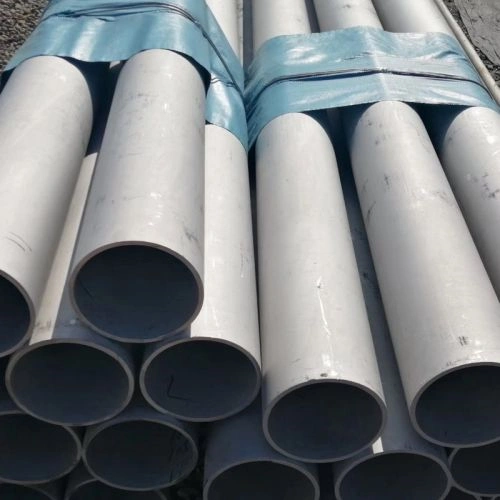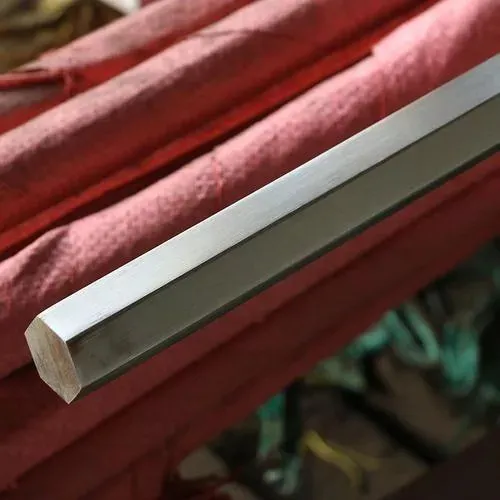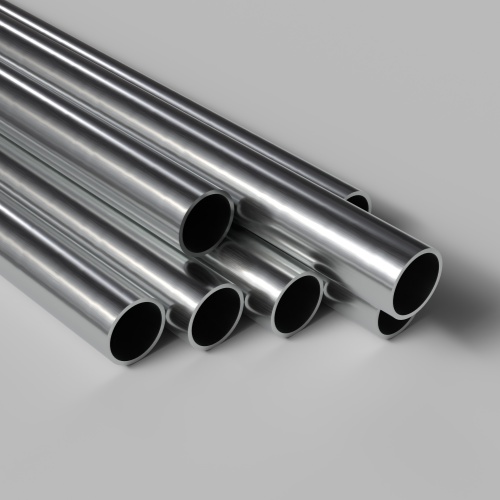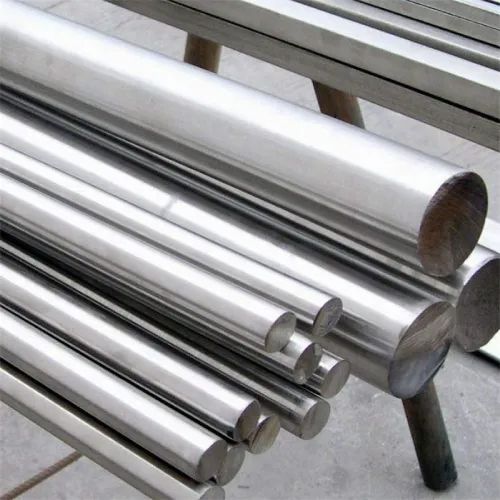Stainless Steel Angle Bar Details
Overview
Stainless steel angle bars are structural components made from stainless steel, commonly used in various construction and industrial applications. These bars have a 90-degree angle with equal or unequal legs, providing strength, durability, and resistance to corrosion.
Key Characteristics
Corrosion Resistance: Stainless steel angle bars offer excellent resistance to corrosion, making them suitable for use in environments exposed to moisture, chemicals, and extreme temperatures.
Strength and Durability: Known for their high tensile strength and durability, stainless steel angle bars are ideal for structural applications that require long-lasting performance.
Versatility: Available in various sizes, grades, and finishes, stainless steel angle bars can be used in a wide range of applications, from construction to manufacturing.
Aesthetic Appeal: Stainless steel angle bars have a polished, professional appearance, making them suitable for both functional and decorative purposes.
Weldability and Fabrication: Easy to weld and fabricate, these bars can be cut, drilled, and shaped to meet specific design requirements.
Common Grades
304 Stainless Steel: Offers good corrosion resistance and is suitable for general-purpose applications. It is widely used in construction and manufacturing.
316 Stainless Steel: Provides superior corrosion resistance, particularly against chlorides and acids, making it ideal for marine and chemical processing applications.
304L and 316L Stainless Steel: Low-carbon variants that provide improved weldability and reduced risk of sensitization during welding.
Common Applications
Construction: Used in the construction of buildings, bridges, and other structures for reinforcement and support.
Manufacturing: Applied in the manufacturing of machinery, equipment, and various components where strength and corrosion resistance are critical.
Marine Industry: Suitable for use in marine environments due to its excellent resistance to saltwater corrosion.
Automotive: Employed in the automotive industry for the fabrication of frames, brackets, and other structural components.
Decorative Elements: Used in architectural applications for handrails, balustrades, and other decorative elements due to its polished appearance.
Advantages
Corrosion Resistance: Provides reliable protection against rust and corrosion, ensuring long-term performance in harsh environments.
Strength and Stability: Offers high structural integrity, making it suitable for load-bearing applications.
Versatile Design Options: Available in various sizes and finishes to meet diverse design and application needs.
Low Maintenance: Requires minimal maintenance, reducing the overall cost of ownership.
Aesthetic Appeal: Enhances the visual appeal of structures and components with its polished, sleek finish.
Summary
Stainless steel angle bars are versatile and durable structural components used in a variety of applications, including construction, manufacturing, marine, automotive, and architectural design. Known for their excellent corrosion resistance, high strength, and aesthetic appeal, these bars are available in various grades, sizes, and finishes to meet specific requirements. With their combination of performance, durability, and versatility, stainless steel angle bars are a reliable choice for both functional and decorative applications.
For more detailed information or specific inquiries about stainless steel angle bars, please contact us.
Common surfaces

Stainless Steel Standards Comparison Table
| STS | USA | UNS | CHINA | EURONORM | RUSSIA | SWEDISH | JAPANESE | |
|---|---|---|---|---|---|---|---|---|
| GRADE | AISI/ASTM | NO | GB | NO | NAME | GOST | SS | JIS |
| 201 | 201 | S20100 | 12Cr17Mn6Ni5N | 1.4372 | - | - | - | SUS 201 |
| 301 | 301 | S30100 | 12Cr17Ni7 | 1.4310 | X 12 CrNi 17 7 | - | 2331 | SUS 301 |
| 303 | 303 | S30300 | 1Cr18Ni9MoZr | 1.4305 | X 10 CrNiS 18 9 | - | 2346 | SUS 303 |
| 304 | 304 | S30400 | 06Cr18Ni9 | 1.4301 | X 6 CrNi 18 10 | 08KH18N10 06KH18N11 |
2332 | SUS 304 |
| 304L | 304L | S30403 | 022Cr19Ni10 | 1.4307 | X 3 CrNi 18 10 | 03KH18N11 | 2352 | SUS 304L |
| 316 | 316 | S31600 | 0Cr17Ni12Mo2 | 1.4401 | X 6 CrNiMo 17 12 2 | - | 2347 | SUS 316 |
| 316L | 316L | S31603 | 022Cr17Ni12Mo2 | 1.4404 | X 3 CrNiMo 17 12 2 | - | 2348 | SUS 316L |
| 316Ti | 316Ti | S31635 | 0Cr18Ni12Mo2Ti | 1.4571 | X 6 CrNiMoTi 17 12 2 | 08KH17N13M2T 10KH17N13M2T |
2350 | - |
| 321 | 321 | S32100 | 0Cr18Ni11Ti | 1.4541/1.4878 | X 6 CrNiTi 18 10 | 12KH18N10T | 2337 | SUS 321 |
| 347 | 347 | S34709 | 0Cr18Ni11Nb | 1.4550 | X 6 CrNiNb 18 10 | - | 2338 | SUS 347 |
| 309S | 309S | S30908 | 0Cr23N13 | 1.4833 | X 6 CrNi 22 13 | 20KH23N18 | - | SUS 309S |
| 310S | 310S | S31008 | 06Cr25Ni20 | 1.4842 | X 6 CrNi 25 20 | 20KH25N20S2 | 2361 | SUS 310S |
| 416 | 416 | S41600 | Y1Cr13 | 1.4005 | X12CrS13 | - | 2380 | SUS 416 |
| 2205 | 2205 | S32205/S31803 | 00Cr22Ni5Mo3N | 1.4462 | X2CrNiMoN22-5-3 | 02Ch22N5AM2 | 2377 | SUS 329J3L |
| 2507 | 2507 | S32750 | 00Cr25Ni7Mo4N | 1.4410 | X 2 CrNiMoN 25-7-4 | - | - | - |
| 904L | 904L | N08904 | - | 1.4539 | - | - | - | - |
| 254SMO | 254SMO | S31254 | - | 1.4547 | X1CrNiMoCuN20-18-7 | - | 2378 | - |
| 253MA | 253MA | S30815 | - | 1.4835 | X9CrNiSiNCe21-11-2 | - | 2368 | - |
| 17-4PH/630 | 17-4PH/630 | S17400 | 0Cr17Ni4Cu4Nb | 1.4542 | X5CrNiCuNb16-4 | 05Ch16N4D2B | - | SUS630 |

 Stainless steel angle bars are structural components made from stainless steel, commonly used in various construction and industrial applications. These bars have a 90-degree angle with equal or unequal legs, providing strength, durability, and resistance to corrosion.
Stainless steel angle bars are structural components made from stainless steel, commonly used in various construction and industrial applications. These bars have a 90-degree angle with equal or unequal legs, providing strength, durability, and resistance to corrosion.  Schedule 40 Stainless Steel Pipe
Schedule 40 Stainless Steel Pipe
 AISI 201 Stainless Steel Bar SUS201 1.4372
AISI 201 Stainless Steel Bar SUS201 1.4372
 Stainless steel channel bar
Stainless steel channel bar
 3-Inch Stainless Steel Exhaust Pipe
3-Inch Stainless Steel Exhaust Pipe
 2205 Stainless Steel Bar S32205 1.4462
2205 Stainless Steel Bar S32205 1.4462
